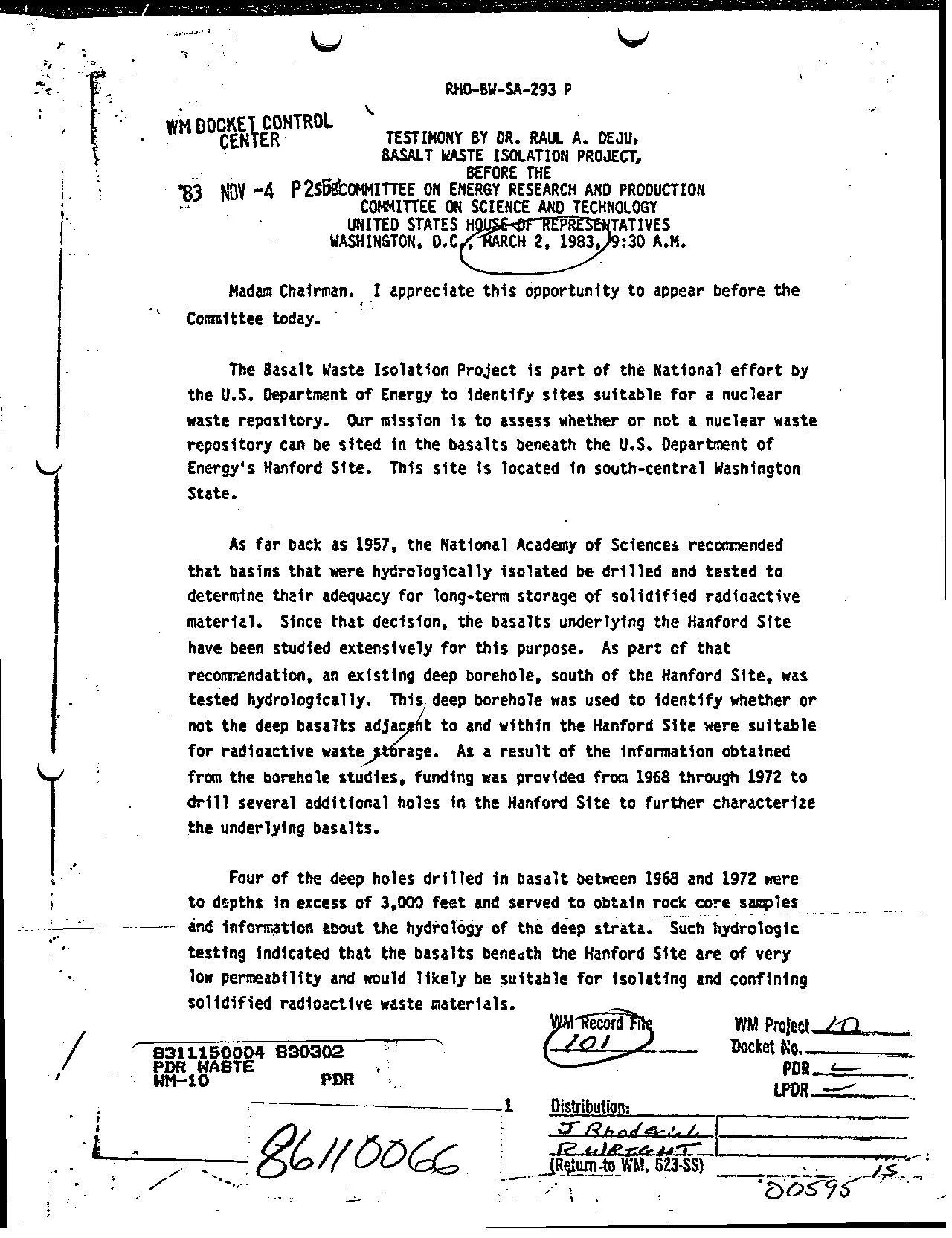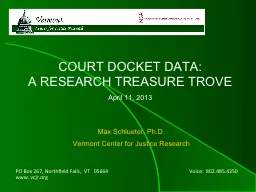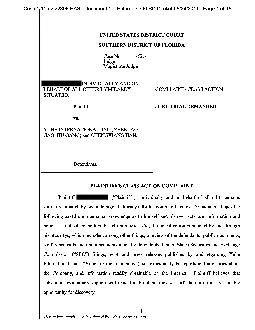PDF-I Z IW RHOBWSA293 PIWIM DOCKET CONTROLCENTER TESTIMONY BY DR
Author : deena | Published Date : 2021-06-10
w RHOBSA293 PAfter these early studies it was determined that many types ofgeologic media throughout the United States should be studied under asystematic broader
Presentation Embed Code
Download Presentation
Download Presentation The PPT/PDF document "I Z IW RHOBWSA293 PIWIM DOCKET CONTROLCE..." is the property of its rightful owner. Permission is granted to download and print the materials on this website for personal, non-commercial use only, and to display it on your personal computer provided you do not modify the materials and that you retain all copyright notices contained in the materials. By downloading content from our website, you accept the terms of this agreement.
I Z IW RHOBWSA293 PIWIM DOCKET CONTROLCENTER TESTIMONY BY DR: Transcript
Download Rules Of Document
"I Z IW RHOBWSA293 PIWIM DOCKET CONTROLCENTER TESTIMONY BY DR"The content belongs to its owner. You may download and print it for personal use, without modification, and keep all copyright notices. By downloading, you agree to these terms.
Related Documents














